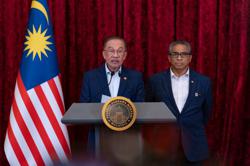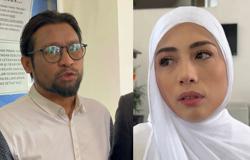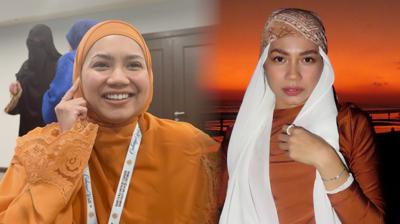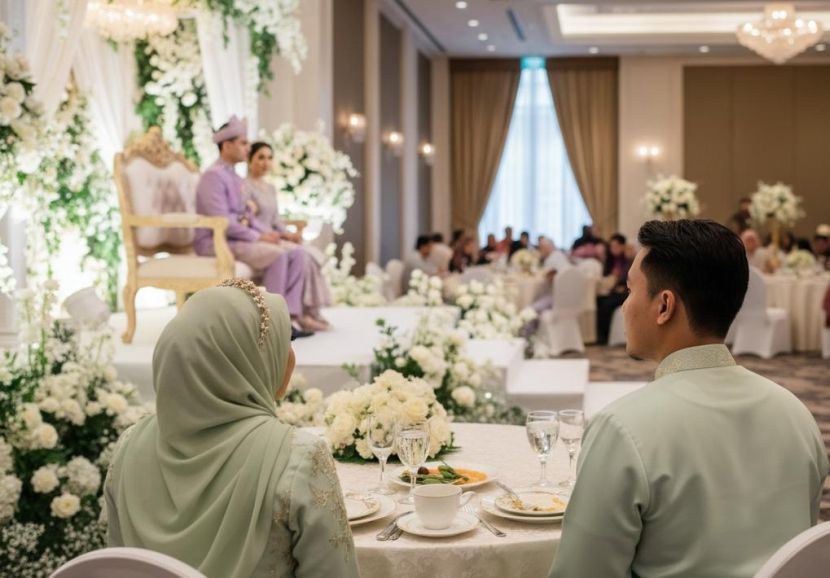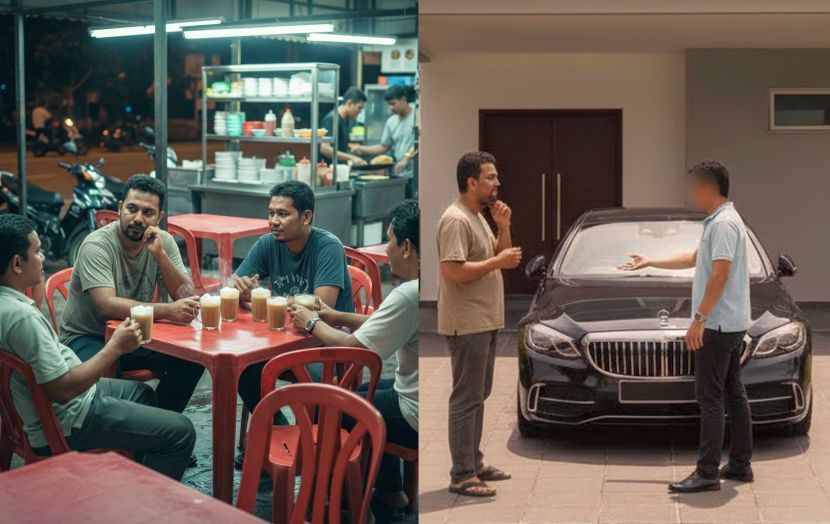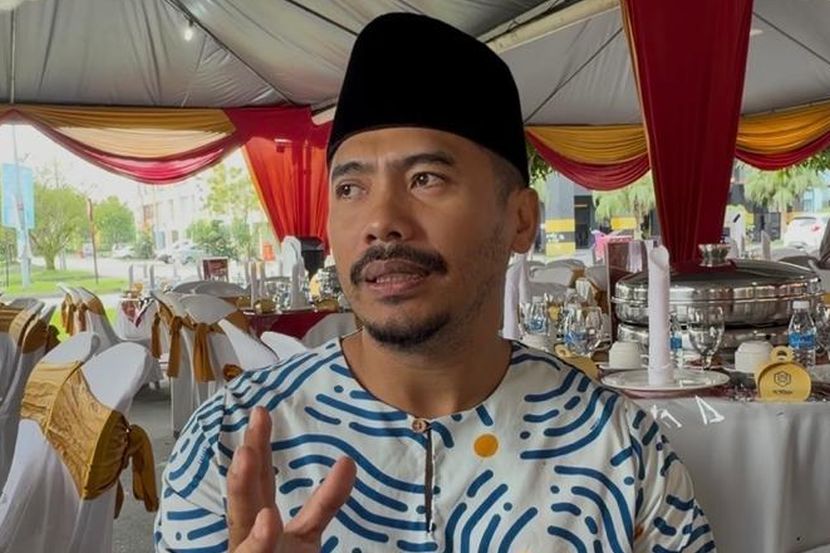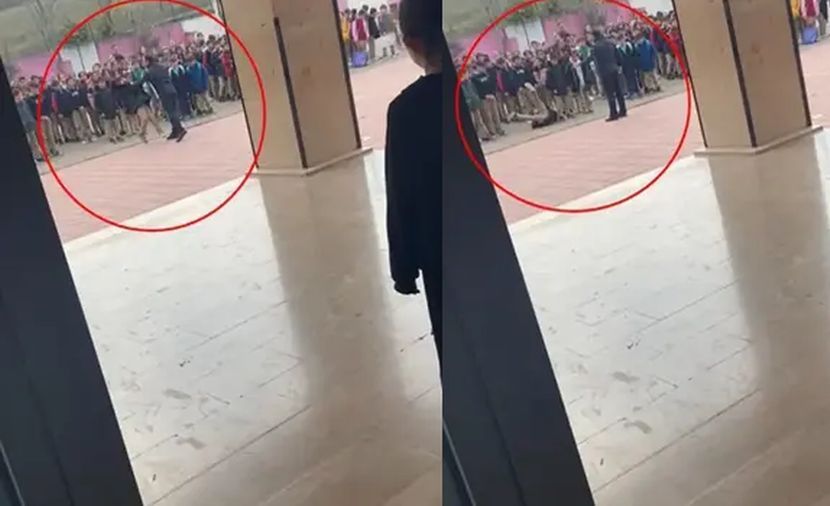LAST October I attended the Asean-Canada Dialogue on Interfaith Initiatives in Surabaya, Indonesia.
The delegates were from Singapore, Malay- sia, Indonesia, Brunei, the Philippines, Thailand, Cambodia, Vietnam, Lao PDR, Myanmar and the Canadian ambassador to Indonesia.
The dialogue’s aims were to review activities and initiatives taken to minimise social tensions and to object to the increasing rise of terrorism and radical encounters.
It focused on the role of youth, education and media towards fostering better inter-religious and inter-cultural understanding among the younger generations from the different religious groups.
As a representative of Malaysia, I explained our position, rather unsatisfactorily though, mainly due to time constraints.
The term “youth” refers to those between childhood and adulthood. Malaysia’s Youth Societies and Youth Development Act 2007 defines “youth” as a person not less than 15 and not more than 40 years old – perhaps the only country in the world to prescribe to such an age bracket!
The United Nations (UN) defines it more realistically, as being between 15 and 24. Although I generally agree with the Malaysian definition, I prefer the UN’s definition.
Malaysia’s statistics show that youth constitute about 20% of the 27.5mil population, i.e. about 5.5mil. They shoulder the tremendous responsibility of shaping, leading and improving the future of this nation.
The Government has been introducing policies to mould our young generation towards a better future.
The most fundamental prerequisite is the unity of all inhabitants resulting from a reasonable inter-religious and inter-cultural understanding of all religious and ethnic groups. This is done through education.
Education refers to the process of instilling “something” into human beings. And that “something” is the inculcation of values.
It deals with self inner enhancement, the formation of right worldview and attitude, resulting in good behaviour, pointing to the fact that the purpose of education is to produce a good man, not merely a good citizen.
In Malaysia, we have start our inter-cultural understanding efforts from a very early age with the Vision School Project for primary school pupils. The achievements of its noble objectives is commendable thus far.
At secondary level, the compulsory teaching of history, in which world civilisations are taught, has been done.
In addition, there is the three-month Na- tional Service programme designed for post-SPM students where inter-religious understanding, mutual respect, national solidarity and patriotism are apparently nurtured.
Although they were included in my paper, I was unable to tell the audience about the TITAS Programme, where world cultures are taught in greater detail in our universities.
I was also unable to highlight the roles played by other governmental institutions, like the Youth and Sports Ministry, the Unity, Culture, Arts and Heritage Ministry (specifically the National Unity and Integrity Depart- ment) and the Institute of Islamic Understanding (Ikim) where discourses and programmes towards inter-religious understanding are regularly held.
Equally disappointing was that I was unable to mention the initiatives taken by various NGOs towards the same objective.
I managed to emphasise two things. Firstly, we must not attempt any dialogue that indulges in theological matters. We must agree to disagree in this area.
No agreement is possible in that regard. We can only agree in terms of ethics and morality as there are obvious parallelisms in these realms.
Secondly, regardless of our religions and cultures, we can also stand united as far as rejecting secularism as it is opposed to all religions and value systems.
Now the time has come to ask ourselves a question I deliberately did not raise in Surabaya. Have we done enough to foster inter-religious/cultural understanding among youth? Are our youth prepared to embrace such an idea?
Many would agree that we have not, as our mutual understanding, and consequently unity, still looks fragile due to our youth not being properly guided in the desired direction.
Despite the best efforts of many, we have to accept the bitter reality that our education system is still struggling to prepare our youth to develop within themselves a sufficient degree of intercultural understanding.
Its success is questionable as we can still see the polarisation of ethnic groups at all levels. Many are aware that real unity is yet to become manifest.
What can we expect if our education system still maintains the policies of vernacular schools? Our political set-up seems to provide room to entertain the demands of the three main ethnic groups in this country.
While we are supposed to have only one type of national school where all our children, regardless of race, may attend and receive their early education, we still defend these schools on the basis of race. Some of us tend to become fanatical and extreme in this regard.
It is still something very practical for all Malaysians to follow a real standard of education system while at the same time maintaining our ethnic identities.
Our emphasis must be the formation of a better inter-religious and intercultural understanding within our younger generation.
Early exposure to a mixed environment will facilitate understanding.
The end result is real and concrete national unity to face the challenges of the world together as a nation, rather than struggle to face each other as a result of tolerable differences.






